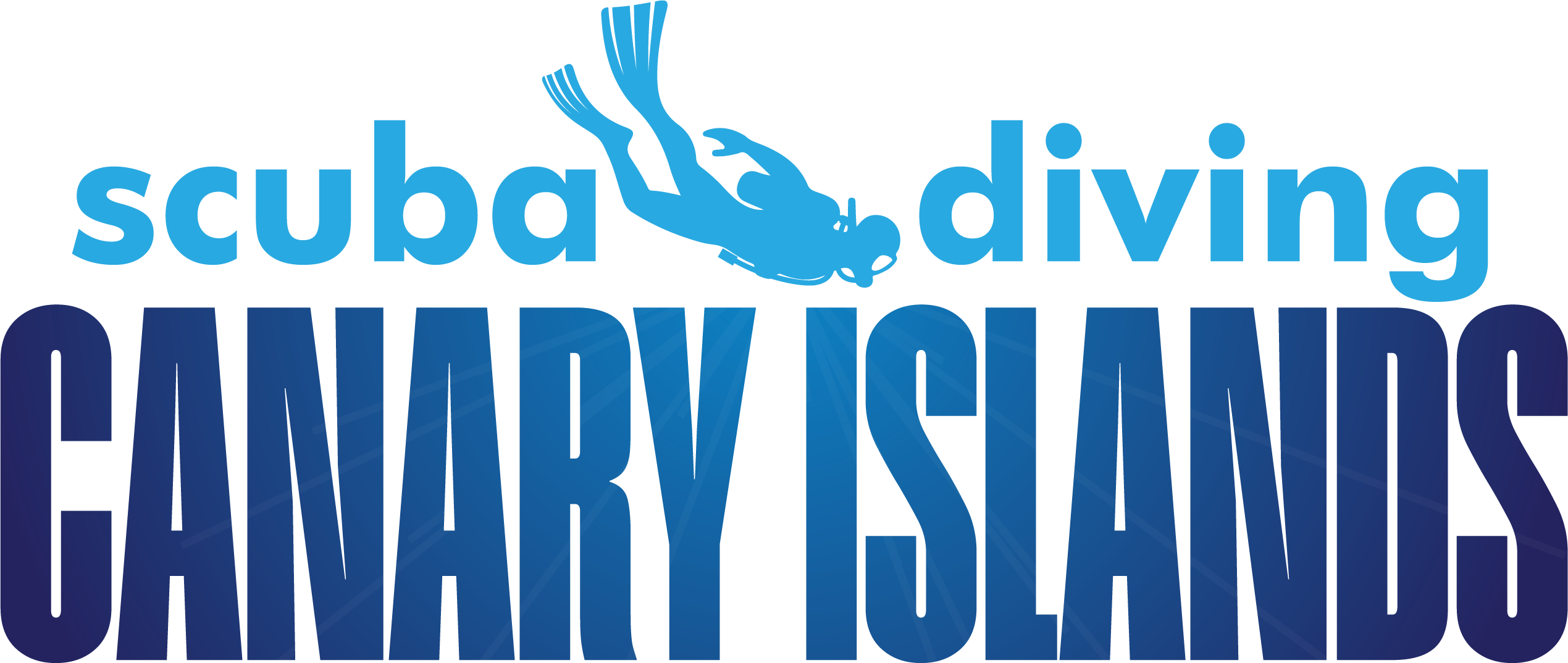Top Scuba Diving Gear for Exploring the Canary Islands
Scuba diving in the Canary Islands offers access to unique marine life, volcanic formations, and year-round diving conditions. Whether a diver is visiting for recreational dives or exploring technical dive sites, having the right equipment is essential. This guide outlines the top scuba diving gear recommended for Canary Islands conditions, including basic essentials and region-specific items. It is designed for beginners, traveling scuba enthusiasts, professionals, and local divers looking for reliable and practical gear solutions.
This content is provided for general informational purposes only. It does not constitute professional advice or recommendations. Divers should consult qualified professionals for equipment purchases, training, and safety assessments.
Must-Have Scuba Diving Equipment for Every Diver
Every diver, regardless of skill level or location, needs essential scuba gear for safe and effective underwater exploration. These basic components form the foundation of a diver’s setup and are critical for comfort, mobility, and safety.
Dive Mask and Snorkel: Clarity and Comfort Underwater
A well-fitted dive mask is necessary for clear vision while diving. Low-volume masks with tempered glass are commonly recommended for recreational and professional divers. A snorkel, while optional for some dives, is useful for surface swimming and conserving air before descent.
Fins: Power and Maneuverability in Varying Currents
Fins provide propulsion and control during a dive. Open-heel fins with adjustable straps are preferred for most diving in the Canary Islands due to variable water entry points and current conditions. Split fins or paddle fins may be selected based on diver preference and experience level.
Wetsuits and Drysuits: Adapting to Canary Islands’ Water Temperatures
Water temperatures around the Canary Islands range from approximately 18°C in winter to 24°C in summer. A 5mm full wetsuit is typically sufficient, though drysuits may be used in colder months or for deeper dives. Suits should offer thermal protection while allowing flexibility.
Buoyancy Control Devices (BCDs): Stability and Safety
A buoyancy control device is necessary for maintaining neutral buoyancy and managing safe ascents and descents. Jacket-style BCDs with integrated weight systems are common among beginners and recreational divers. For more technical dives, back-inflate models may be preferred.
Regulators and Octopus Systems: Breathing Essentials
The regulator delivers air from the tank to the diver and is a critical part of any scuba setup. A second-stage octopus is a required backup for emergency situations. Regulators should be serviced regularly by certified technicians and checked before every dive.
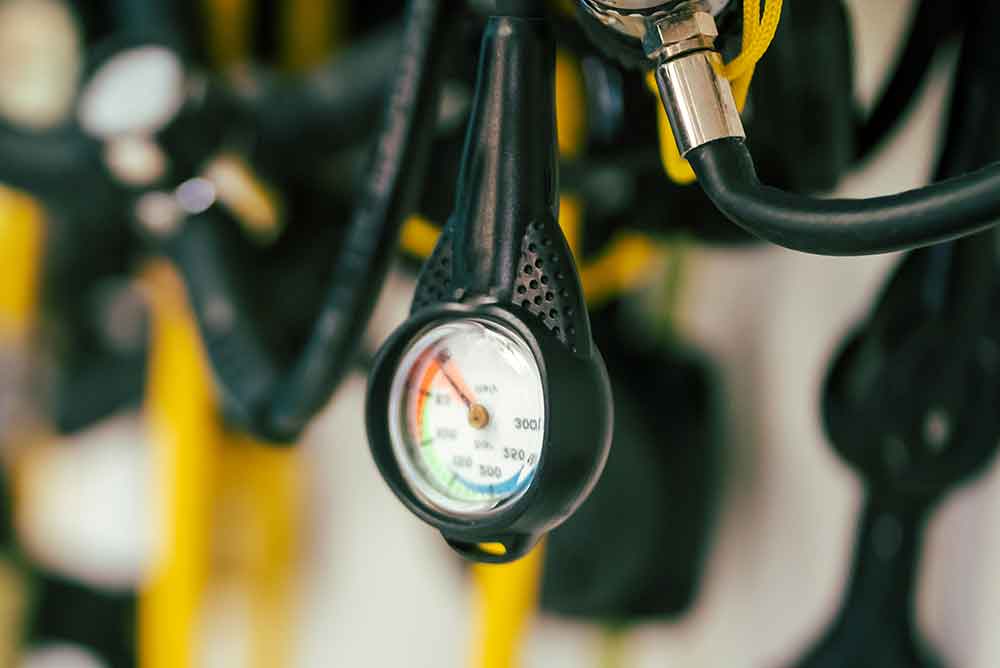
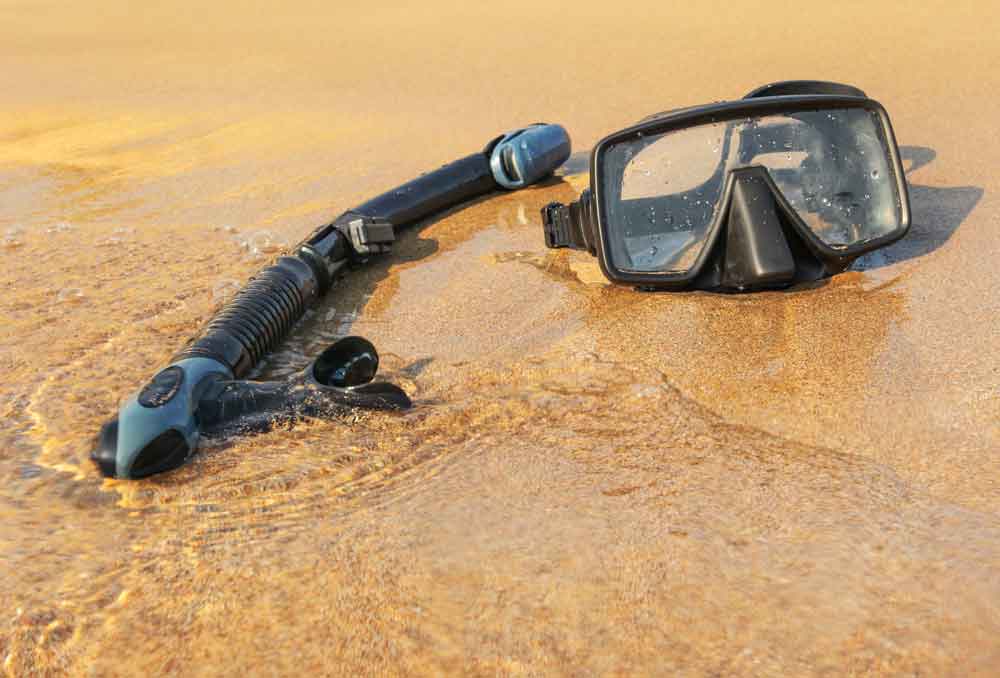
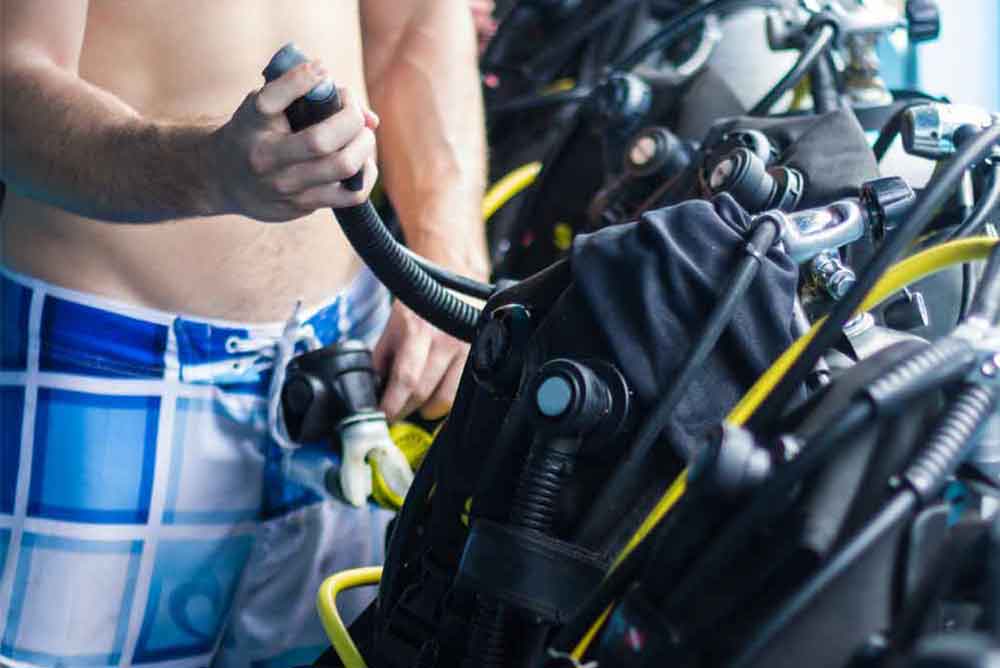
Essential Scuba Diving Gear Tailored for the Canary Islands
Diving conditions in the Canary Islands require certain gear adjustments to account for temperature changes, underwater terrain, and environmental conservation. This section highlights top scuba diving gear selections that align with local diving environments.
Exposure Protection: Wetsuits for Cooler Waters in Winter Months
During winter, water temperatures in the Canary Islands can drop to around 18°C. Divers are advised to use 5mm to 7mm full wetsuits or semi-dry suits for warmth. Layering options like neoprene vests and hoods can also increase thermal protection during longer dives or multiple daily sessions.
Dive Computers: Tracking Depth, Time, and Decompression
A dive computer helps monitor dive duration, depth, ascent rate, and no-decompression limits. In areas with deeper dive sites or multi-level profiles, such as those near volcanic formations, dive computers improve safety and allow for efficient dive planning.
Surface Marker Buoys (SMBs) and Safety Gear for Open Ocean Dives
Surface marker buoys are recommended for drift diving or surfacing in high-traffic boat areas. Bright-colored SMBs increase visibility and signal diver location to surface support. Other safety gear, such as a whistle or mirror, may be useful for emergency signaling.
Flashlights and Torches for Night and Wreck Diving
Underwater flashlights are necessary for exploring wrecks, caves, and conducting night dives. Dive torches should be rated for the maximum planned depth and provide a strong, focused beam. A backup light is recommended in case of failure during a dive.
Top Scuba Diving Gear for Beginners
Beginner divers often need gear that is easy to use, durable, and adaptable to a variety of dive conditions. For those learning to dive or exploring the Canary Islands on entry-level certifications, the following scuba diving gear options are recommended.
Simple BCDs with Integrated Weights
For new divers, a jacket-style BCD with an integrated weight system offers comfort and ease of use. These BCDs are designed for straightforward buoyancy control and typically include multiple adjustment straps for a secure fit. Integrated weight systems reduce reliance on separate weight belts and improve trim underwater.
Easy-to-Use Dive Computers
Basic dive computers with simple interfaces and clear displays are ideal for beginner divers. Look for models that provide standard data such as no-decompression limits, depth, and dive time. Some entry-level computers also offer audible alerts for safety stops and ascent rates, which are useful for developing safe diving habits.
Adjustable Open-Heel Fins
Open-heel fins are recommended for new divers due to their adjustability and compatibility with dive boots. This style offers better support and is suitable for various shore entries, which are common in the Canary Islands. Fins should be chosen based on the diver’s leg strength and intended dive environments.
Entry-Level Masks and Snorkels
A good entry-level mask should have a silicone skirt for a reliable seal and a tempered glass lens for safety. Beginners should test masks for fit before purchase to prevent leaks. A basic snorkel with a splash guard is sufficient for surface use and air conservation before descent.
Advanced Scuba Diving Equipment for Deep and Wreck Dives
Divers with more experience or technical certifications may participate in deeper or more complex dives throughout the Canary Islands. Wrecks, caves, and vertical walls require additional or specialized scuba diving gear for safety and precision.
-
Redundant Air Systems and Pony Bottles
For deep dives or wreck penetration, a redundant air source such as a pony bottle or a dual-tank configuration is recommended. This backup system ensures access to breathing gas in case of primary regulator failure or unexpected air depletion. Redundant systems are essential for self-reliance and dive planning at greater depths.
-
Dive Reels and Lines for Navigation
When exploring wrecks or low-visibility environments, a dive reel and guideline help maintain orientation and provide a clear path to the exit. Technical divers often use reels with non-floating line to mark their route and avoid disorientation, especially in enclosed or overhead environments.
-
Backup Lights and Helmet-Mounted Options
Carrying a backup dive light is critical for wreck and cave diving. Primary lights should have a high lumen output with a narrow beam for improved visibility in confined areas. Backup lights should be compact and reliable. Some divers may also use helmet-mounted lights for hands-free operation during technical dives.
-
Thick-Skinned Wetsuits and Gloves for Thermal Protection
Deeper dives in the Canary Islands can expose divers to lower temperatures, requiring increased thermal protection. A 7mm wetsuit or a semi-dry suit may be necessary depending on the depth and duration. Gloves, boots, and hoods add extra insulation and also help prevent cuts or scrapes during wreck exploration.
Best Travel Scuba Gear for Canary Islands Adventures
Traveling divers visiting the Canary Islands often prioritize portability, weight, and ease of packing when selecting scuba diving gear. The following gear options are recommended for efficient travel without compromising safety or comfort.
Compact BCDs and Collapsible Fins
Travel BCDs are designed to be lightweight and foldable, making them ideal for packing into carry-on or checked luggage. Many models include padded straps and minimalistic backplates to reduce bulk. Collapsible or short-blade fins are also convenient for travel, while still offering sufficient propulsion for local dive conditions.
Lightweight Regulator Sets for Air Travel
Regulators for travel should balance performance with reduced size and weight. Compact first and second stage units with travel-specific regulator bags are popular among divers flying into the Canary Islands. Detachable hoses and streamlined designs also improve portability.
Quick-Dry Gear Bags and Mesh Carrying Systems
Mesh dive bags allow for easy rinsing and drying of gear after each dive. They are lightweight, breathable, and often meet airline size restrictions. Dry bags are also recommended for protecting electronics, documentation, and valuables on dive boats or during shore entry.
Travel-Size First Aid and Maintenance Kits
A small personal first aid kit should include waterproof bandages, antiseptic, and seasickness prevention. Basic maintenance tools, such as O-ring picks and silicone grease, help address minor gear issues without requiring professional service. These kits should be packed according to travel regulations and stored in checked luggage when necessary.
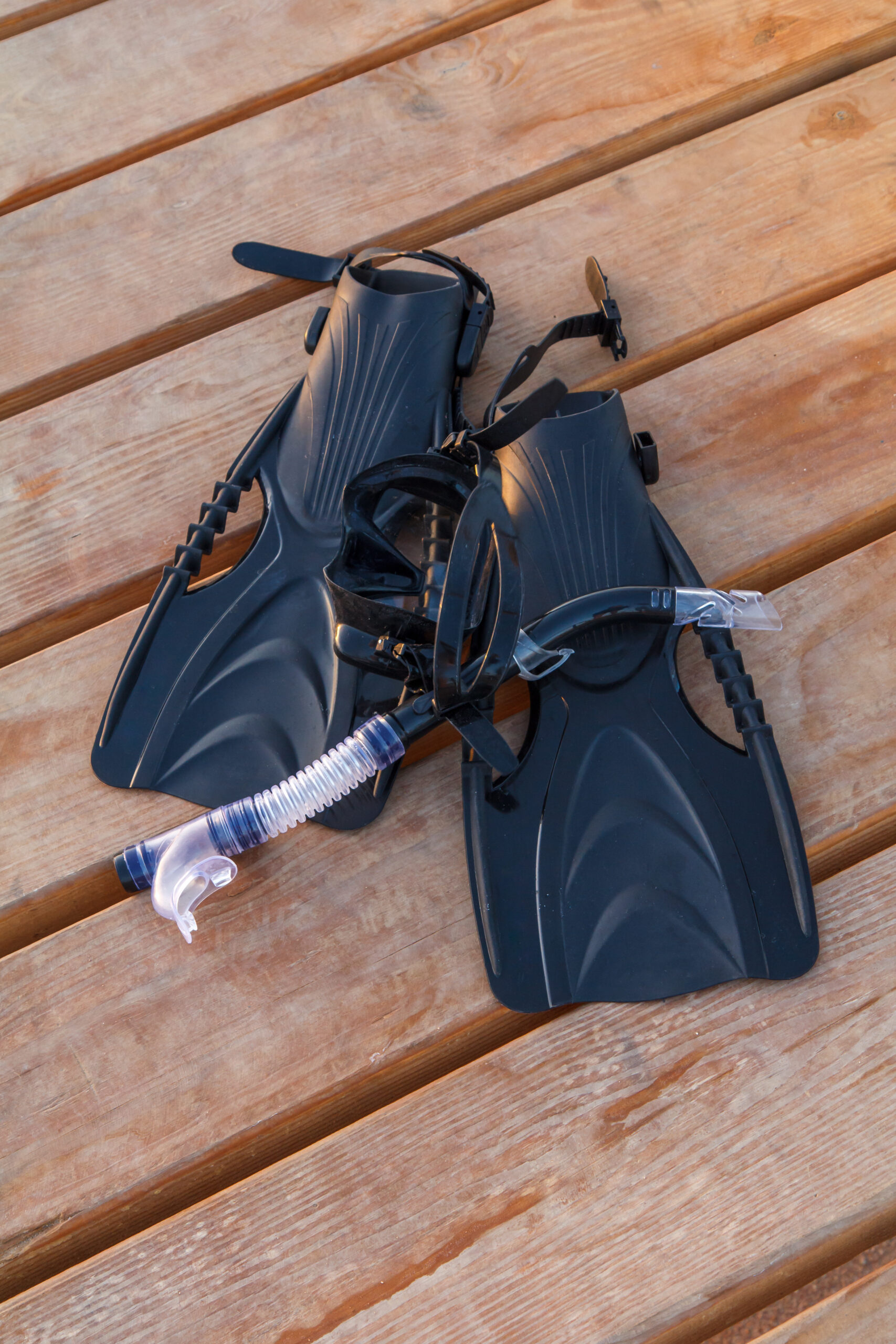
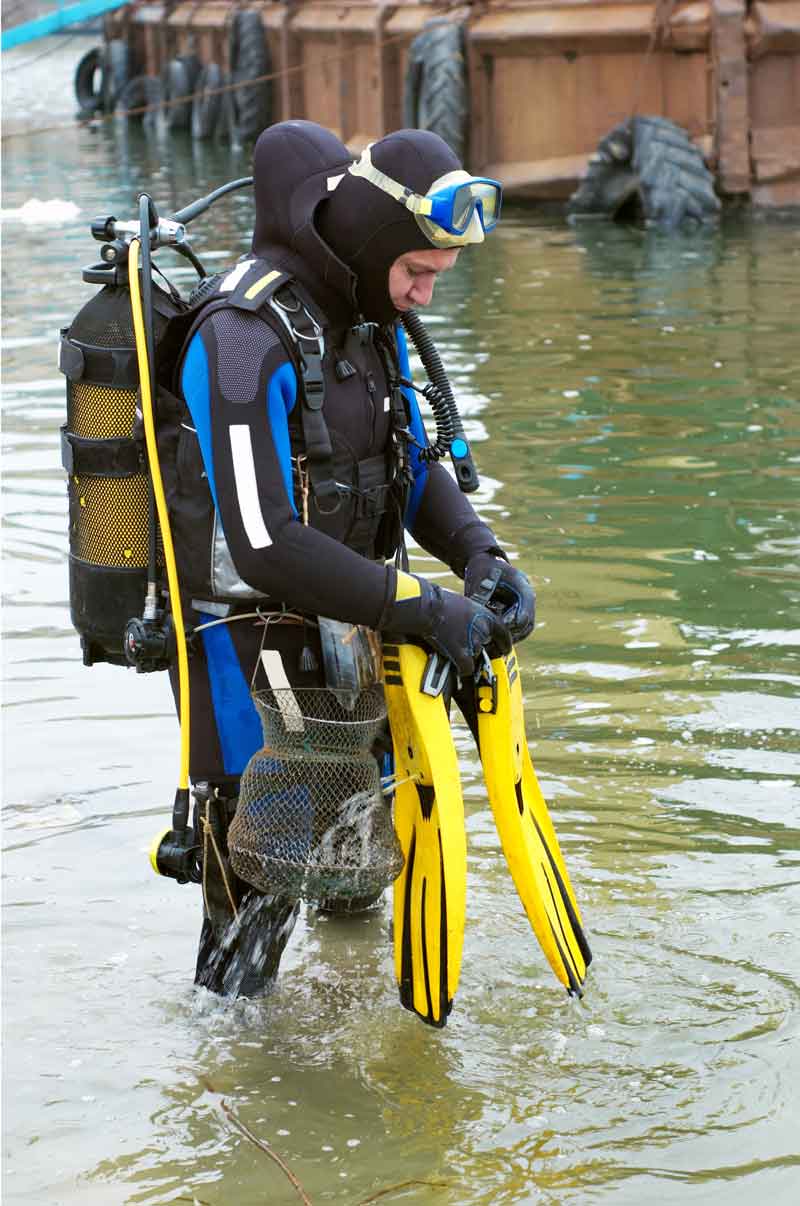
Specialized Dive Gear for Local Marine Environments
The underwater terrain and conditions in the Canary Islands vary between volcanic seabeds, rocky shorelines, and protected marine reserves. Divers can benefit from specialized scuba diving gear tailored to these local environments.
-
Gear for Volcanic Seabeds and Caves
Many dive sites in the Canary Islands feature volcanic rock formations, lava tubes, and underwater caves. To navigate these environments safely, divers may require gloves for hand protection, rugged booties for rocky shore entries, and streamlined equipment setups to reduce snag hazards in confined spaces.
-
Recommended Gloves and Boots for Rocky Entry Points
Shore diving is common throughout the Canary Islands, often involving rocky or uneven terrain. Dive boots with reinforced soles help prevent slips and cuts, while gloves protect against abrasive surfaces during entries and exits. These items also provide additional thermal insulation in colder months.
-
Environmental Monitoring Tools for Marine Life Encounters
The region supports a diverse range of marine species, including angel sharks, rays, and groupers. Divers interested in marine conservation or underwater photography may benefit from tools such as underwater slates, waterproof cameras, and dive compasses. These allow for observation and documentation without disrupting natural habitats.
